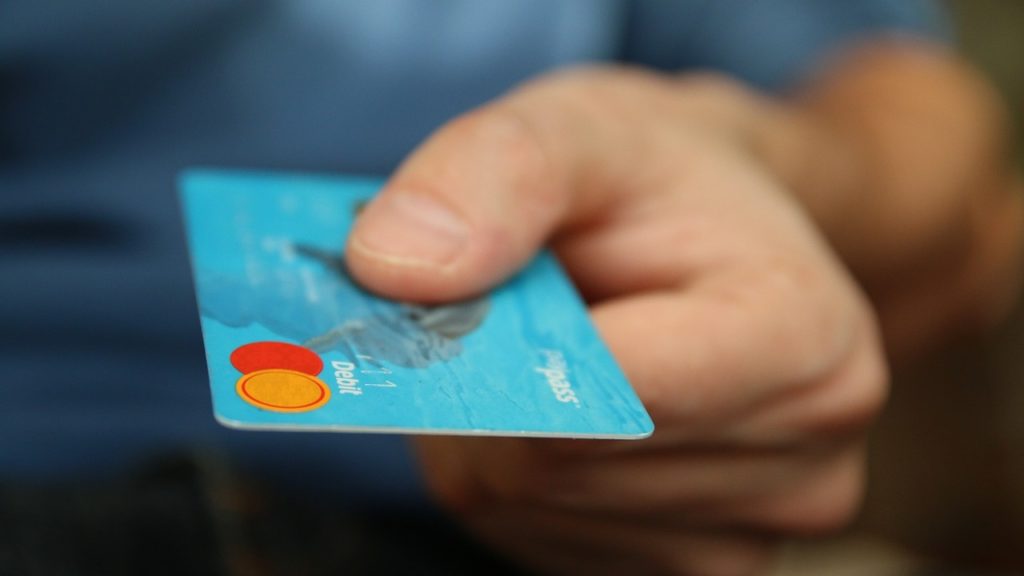by Peter Schiff, Schiff Gold:

Rising consumer debts colliding with rising interest rates is a ticking time bomb.
Over the last several months, consumer debt has climbed at a steep, steady pace as Americans struggle with rising prices. November was no different, with consumers piling on another $27.9 billion in debt.
With the 7.1% increase in consumer debt in November, Americans now owe a record $4.76 trillion, according to the latest data from the Federal Reserve.
TRUTH LIVES on at https://sgtreport.tv/
This is a big problem for the Fed as it tries to battle rising prices with interest rate hikes. The inflation that the central bank created is forcing people to go deeper into debt. Meanwhile, the inflation fight is making debt more and more expensive.
The Federal Reserve consumer debt figures include credit card debt, student loans, and auto loans, but do not factor in mortgage debt. When you include mortgages, US consumers are buried under more than $16.5 trillion in debt.
Americans are running up credit card balances at a dizzying pace. In November, revolving credit increased by $16.4 billion. With that 16.9% increase, Americans now owe nearly $1.19 trillion in revolving debt.
To put the increase into perspective, the annual increase in 2019, prior to the pandemic, was 3.6%. It’s pretty clear that with stimulus money long gone, Americans have turned to plastic in order to make ends meet as prices continue to skyrocket.
The rapidly growing levels of credit card debt should raise eyebrows, but as ZeroHedge pointed out in a tweet, the real problem is the double whammy of rising debt and interest rates.
It’s not the record credit card debt that’s the risk: everyone knows about that. It’s the record credit card debt – and – the record interest rate on that debt that is the real time bomb. pic.twitter.com/K6rwXYMStT
— zerohedge (@zerohedge) January 9, 2023
Average credit card interest rates have eclipsed the record high of 17.87%. The average annual percentage rates (APR) currently stand at 19.59%.
NBC News reveals just how much rising interest rates are costing indebted consumers.
Bankrate data shows it would take 16 years for someone to pay off the current average credit card balance of $5,474 by making the minimum payments at 19.2%. At that point, they would have shelled out $7,365 in interest alone.”
As economist Daniel Lacalle put it, rising interest rates are on a collision course with a wall of debt.
Non-revolving credit, including auto loans and student loans, rose by $11.5 billion, a 5.9% annual increase. That was slightly below October’s increase. Total non-revolving credit now stands at $3.57 trillion.
The mainstream continues to spin rising indebtedness as a sign of a healthy economy. MarketWatch proclaimed, “While some households are borrowing more to withstand inflationary pressures, economists see the growth as mainly a sign of strength in the economy.”
But running up credit card balances month after month is not a sign of a healthy economy. In fact, it reveals the dysfunction in an economy that is addicted to artificially low interest rates and money printing.



